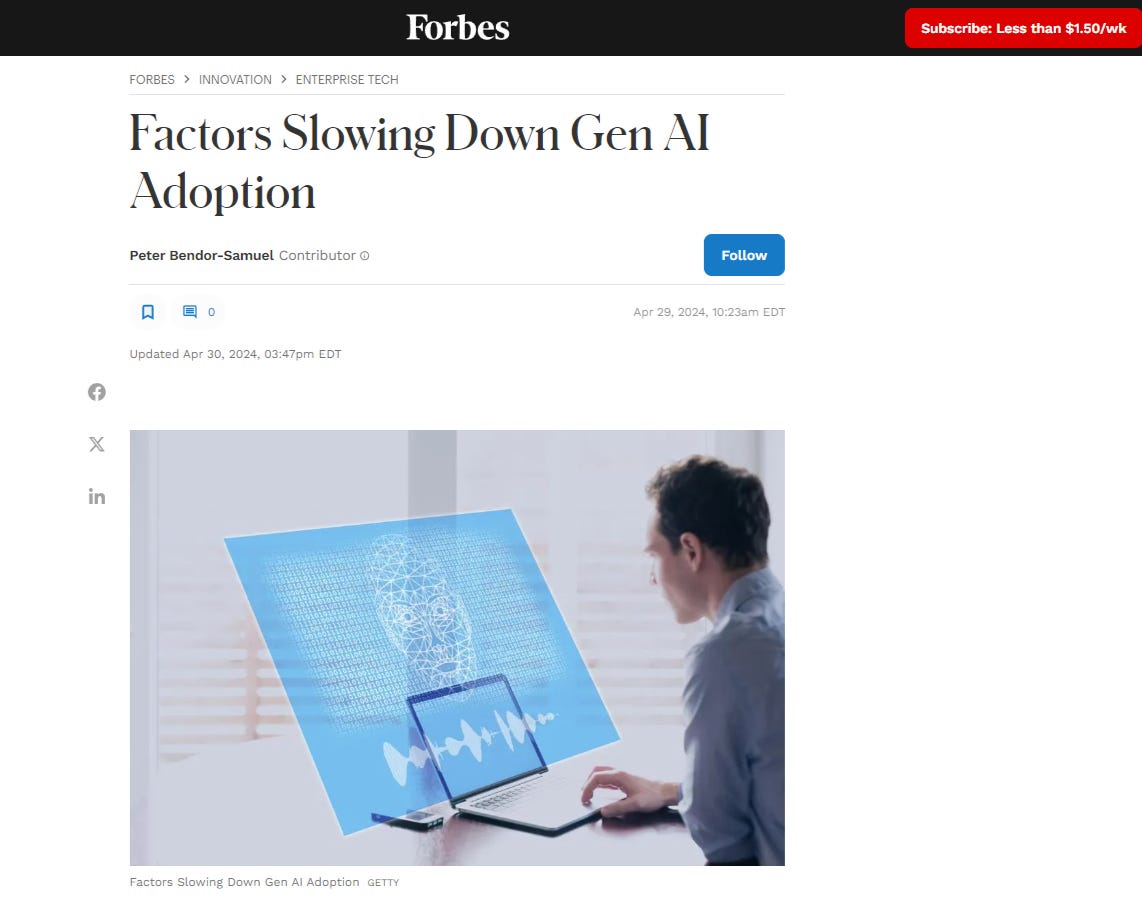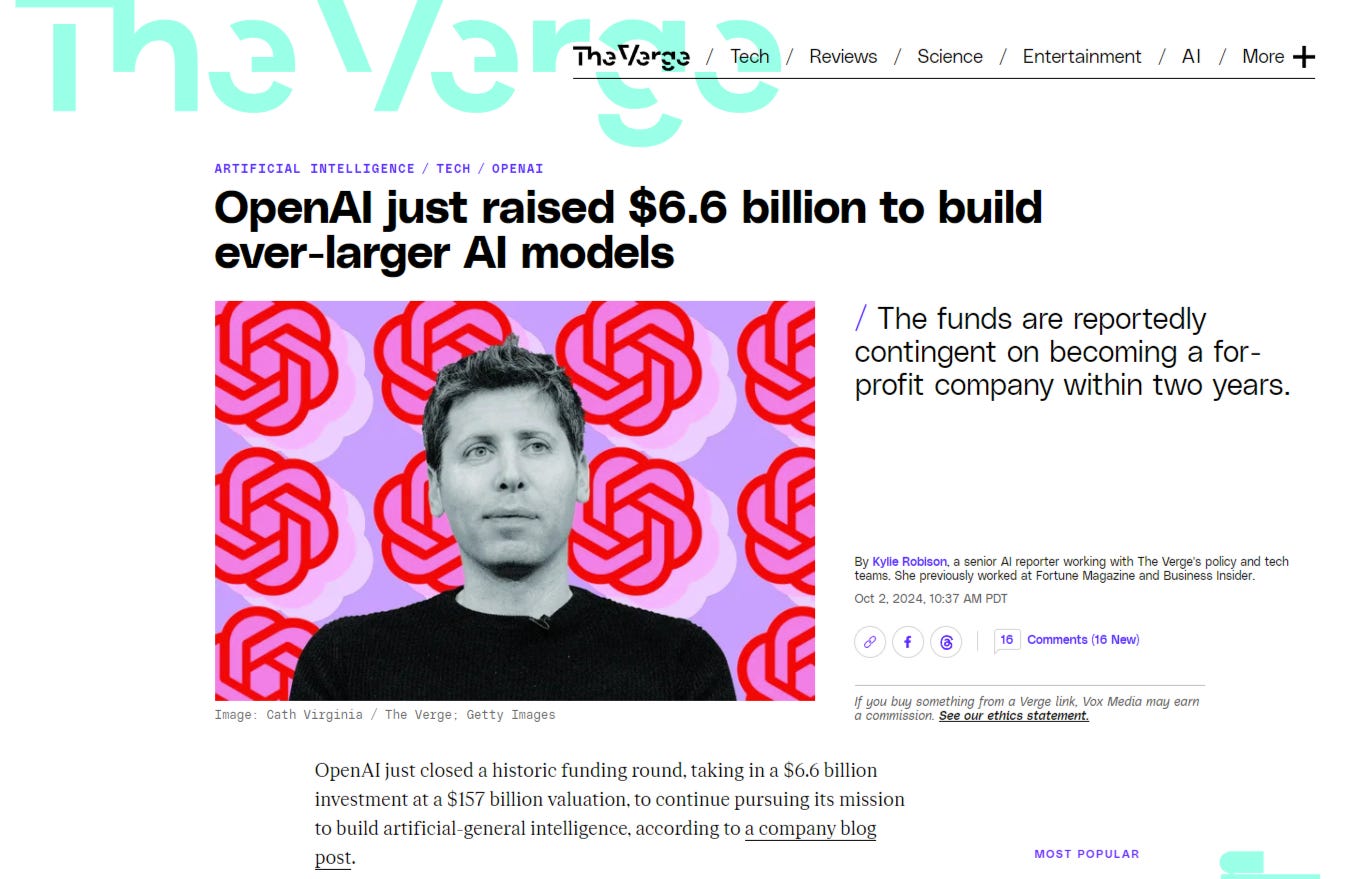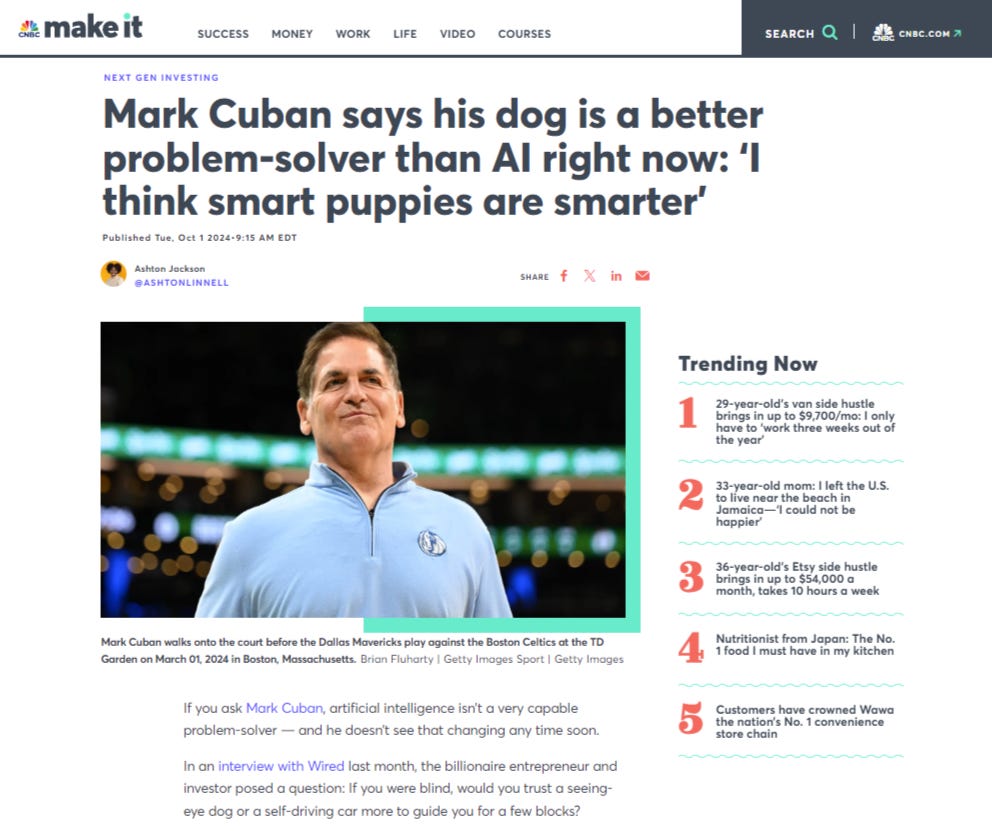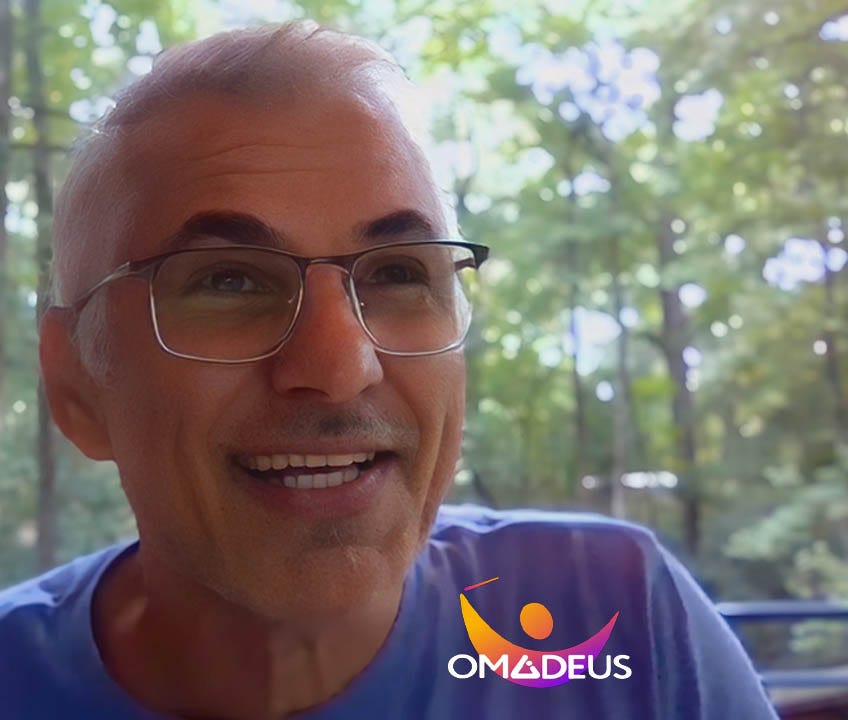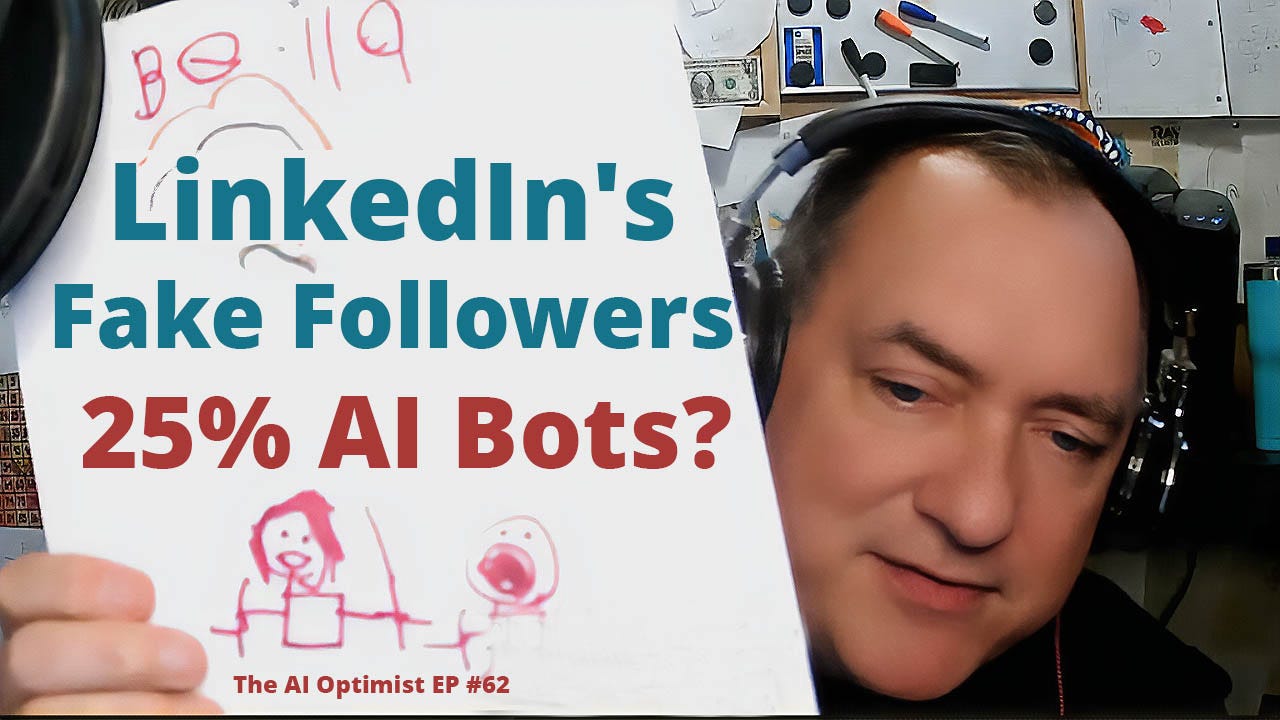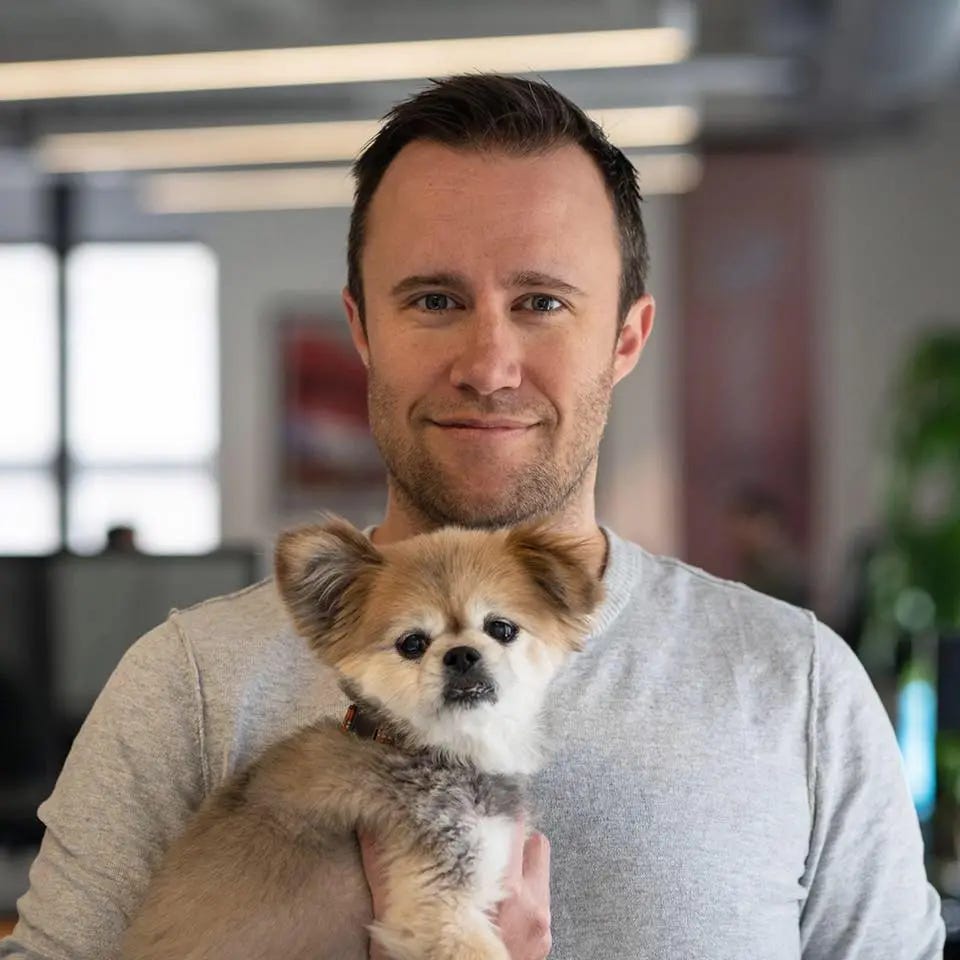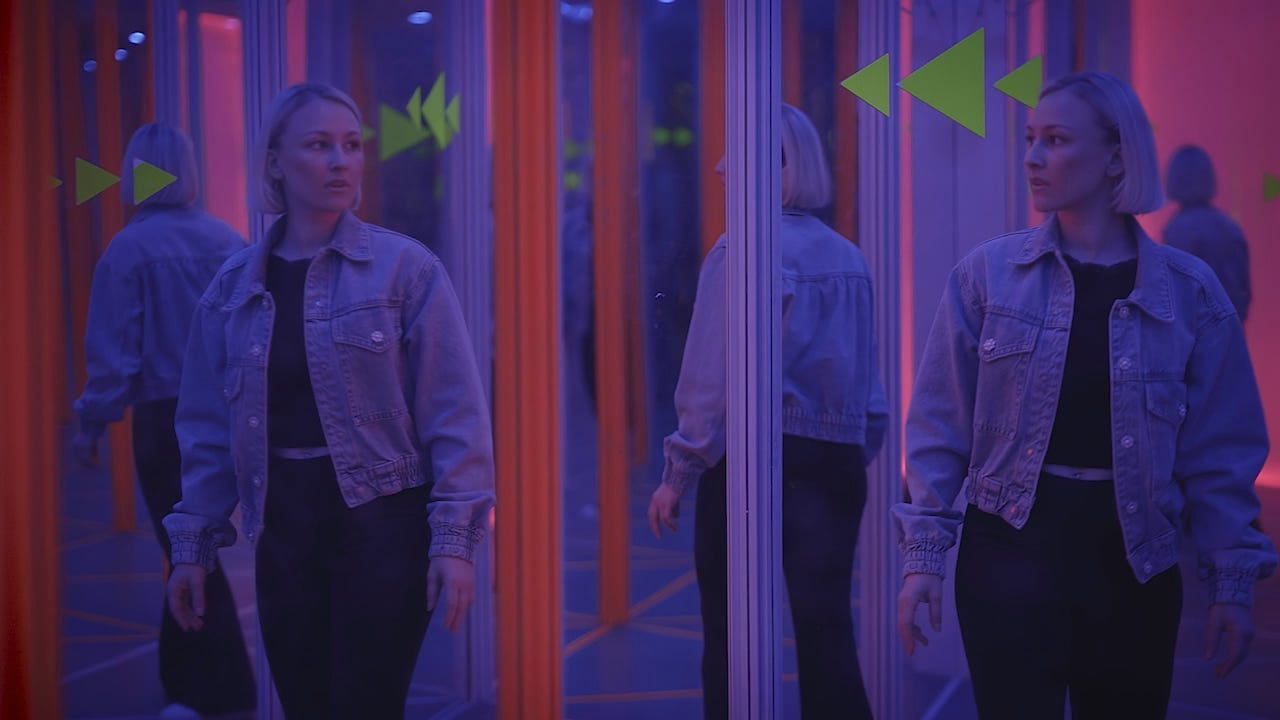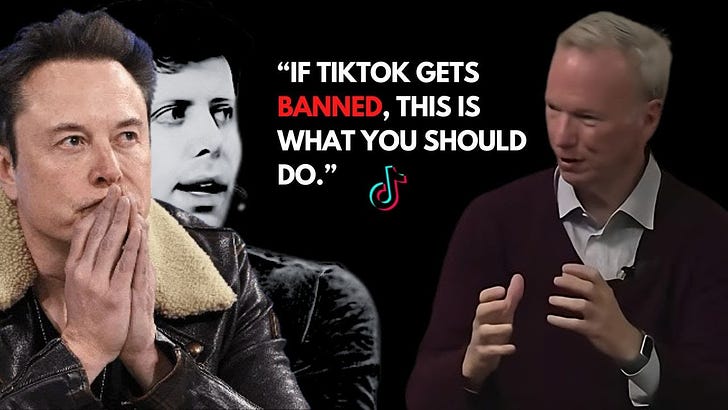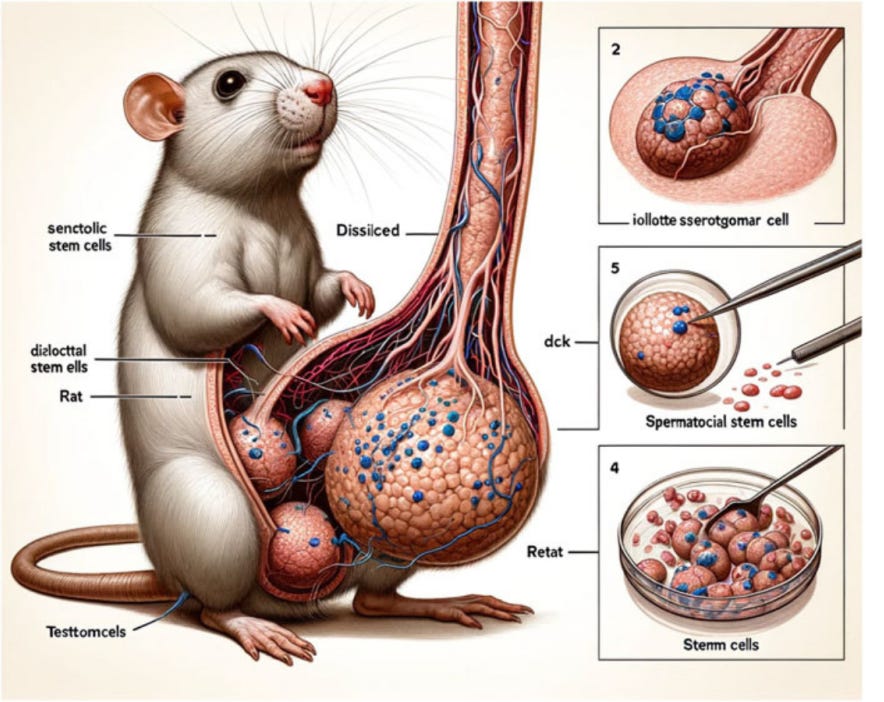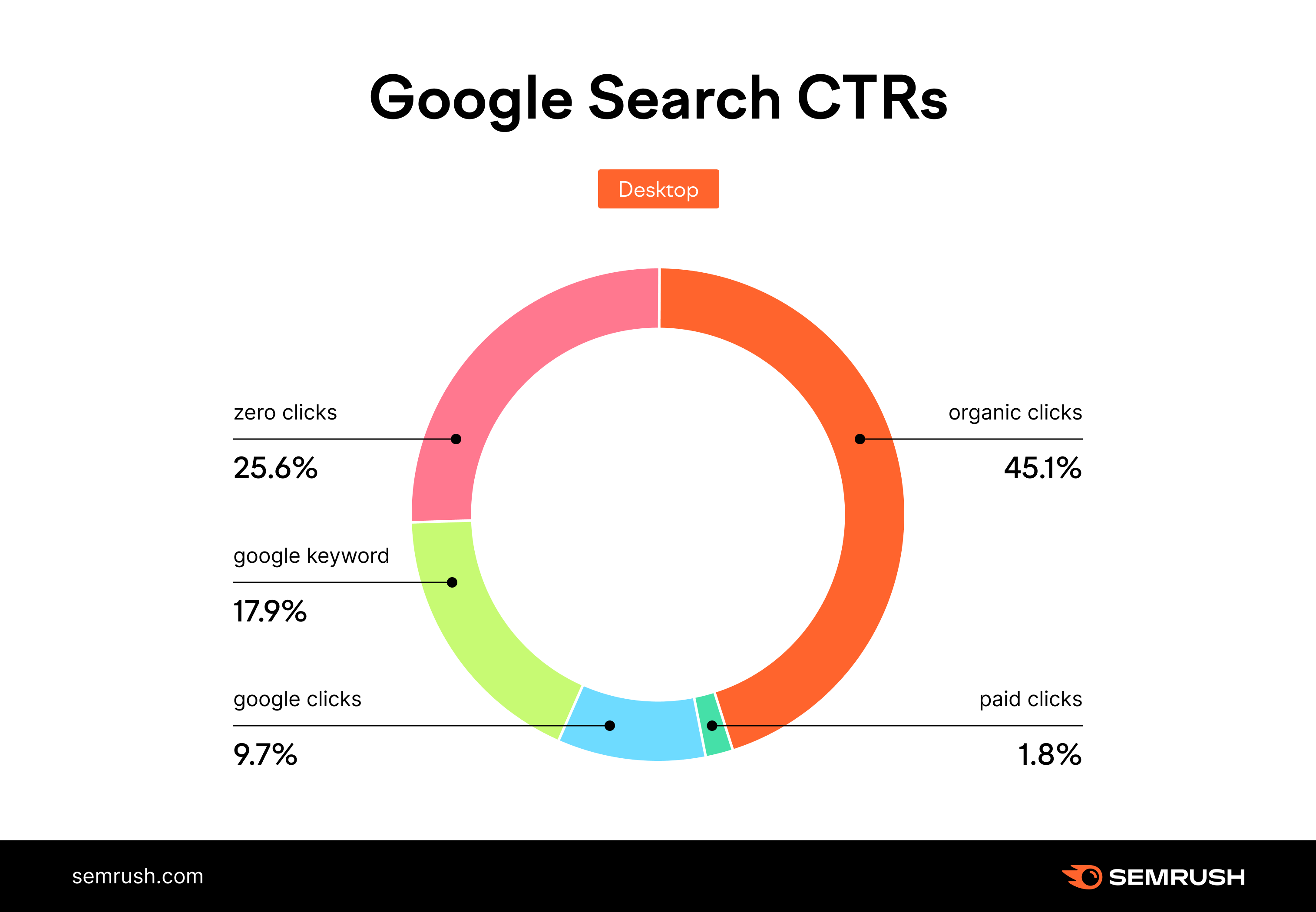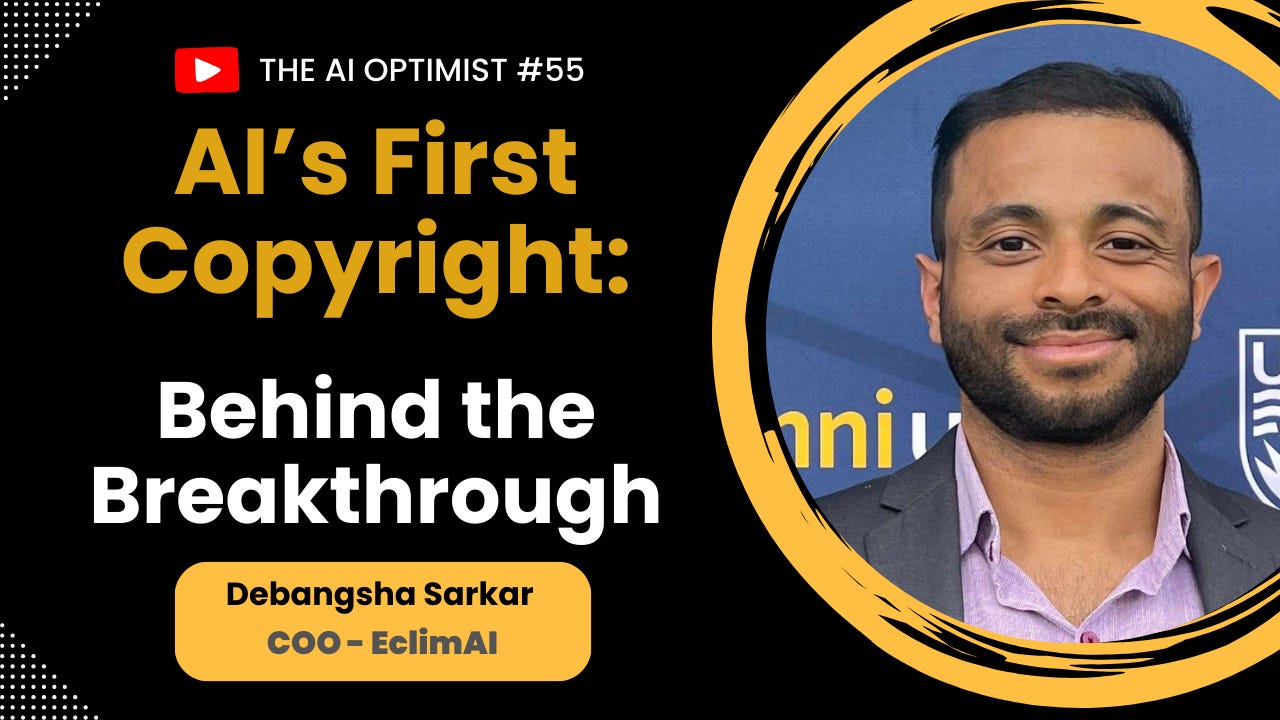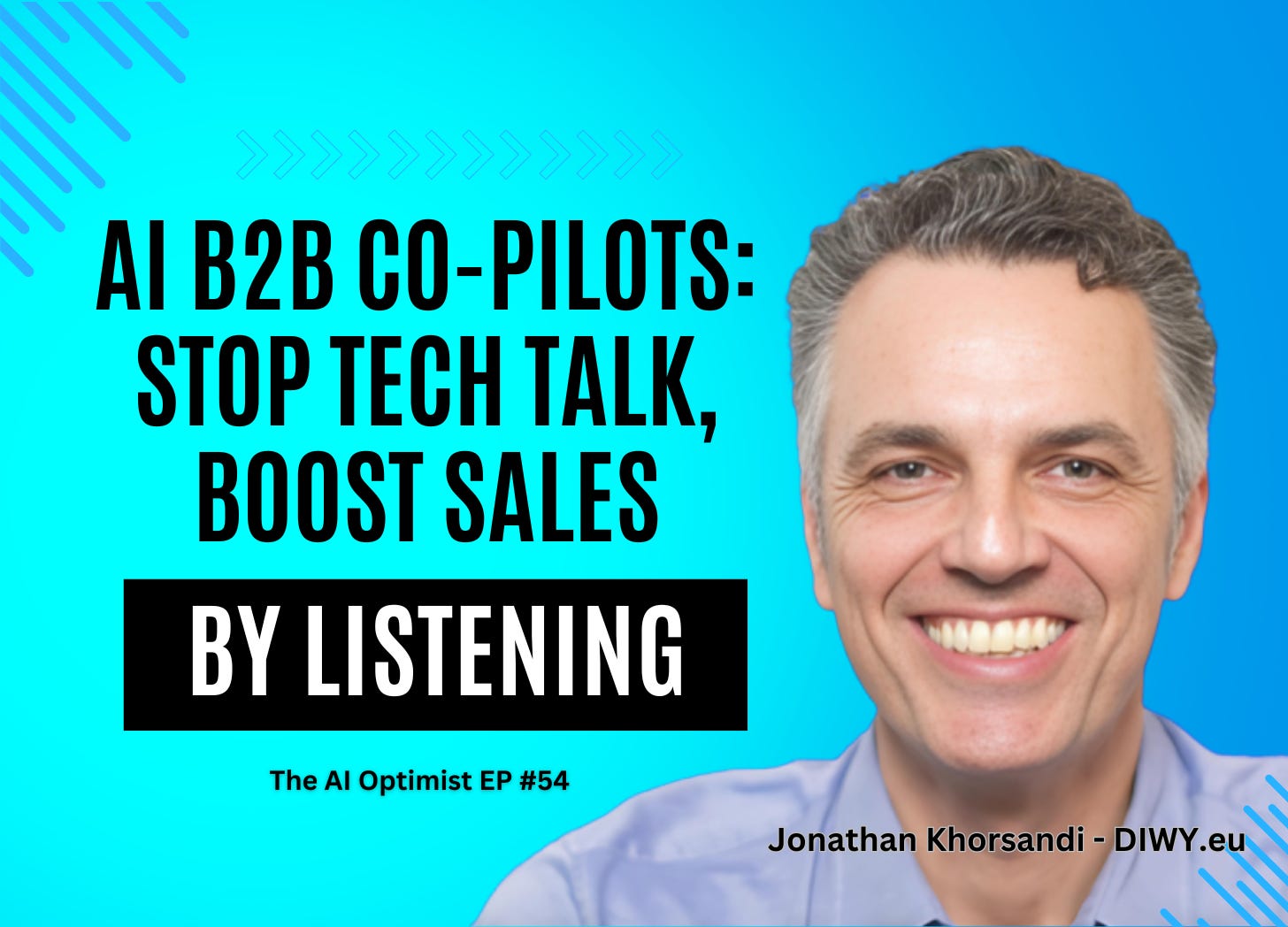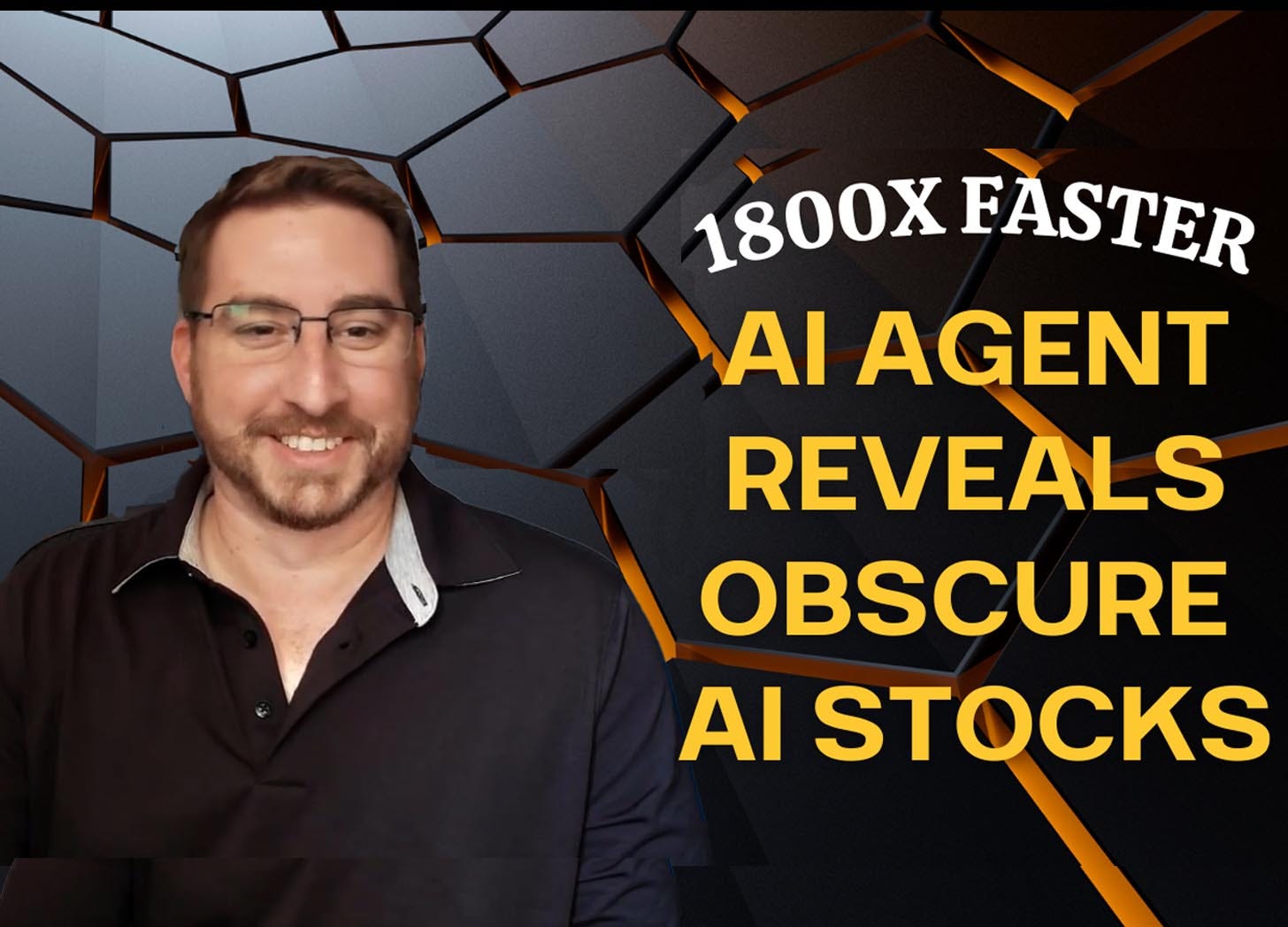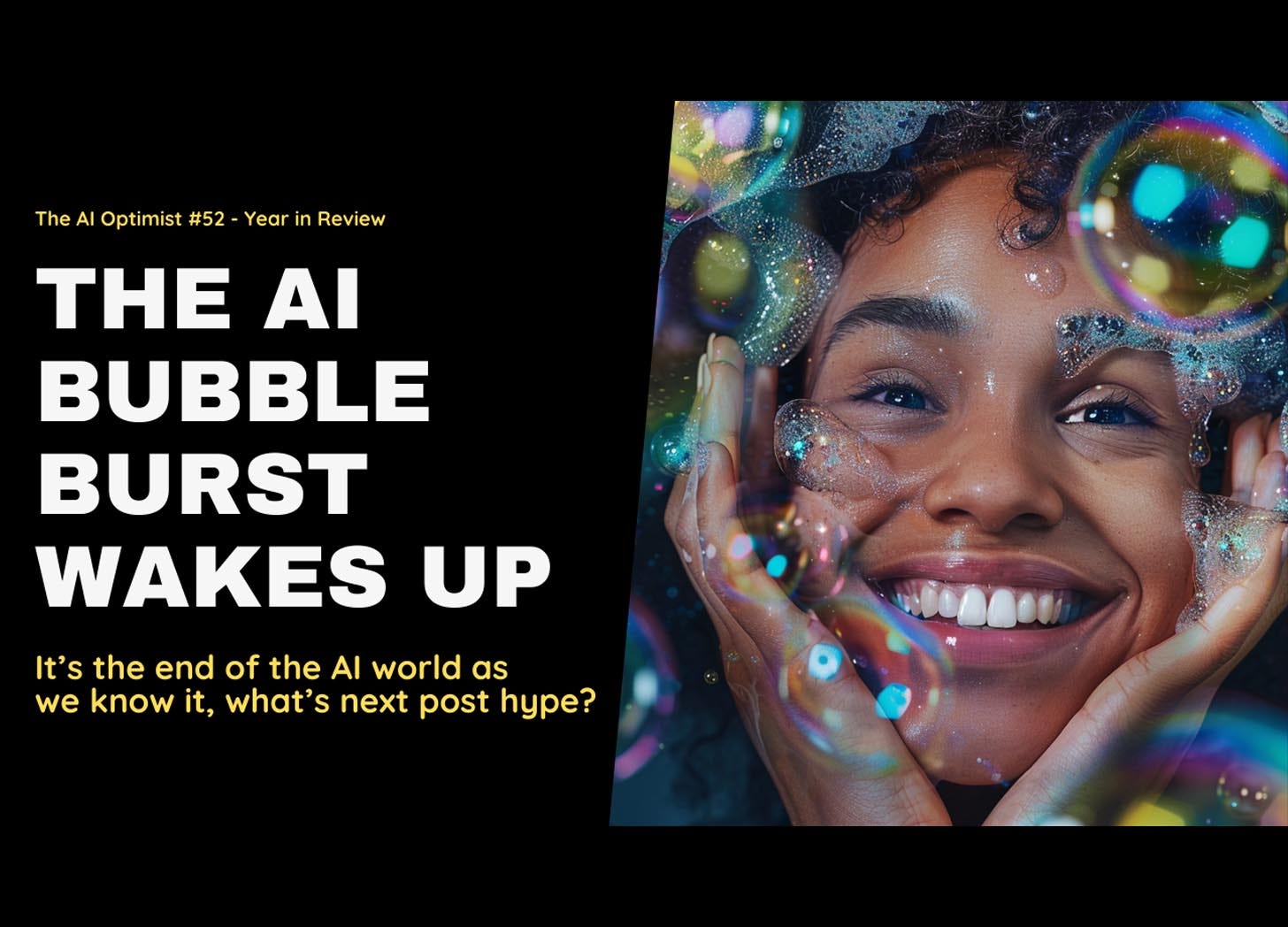Copyright's Last Stand: Building AI's New Rules
Description
In the midst of the AI glory days, in a room buzzing with the impact and momentum of the industry, no one seemed to care about copyrights except the speaker on the Disrupt stage.
While watching Martin Casado of A16Z deftly handle questions about AI regulation – he stopped me by noting the importance of copyright to regulation.
The room packed with the usual entrepreneurs, investors, and journalists eager to hear how Silicon Valley will lead the AI revolution. But something wasn't sitting right with me.
"Why do tech companies treat AI training like a copyright-free zone?"
I finally asked, cutting through the careful corporate speak.
The room went quiet. Casado's response was telling - he immediately reached for the comfortable analogy of Napster and how peer-to-peer sharing eventually led to Spotify and Apple Music.
As someone who lived through that transformation, I knew the punchline he was missing: musicians now earn a fraction of what they once did.
We're about to repeat history, but this time it's not just music - it's every form of human creativity.
Copyright is The Castle, AI has Wings
Copyright law is like a rundown medieval castle. For centuries, it protected creative works with its stone walls, drawbridges, and vigilant guards.
Then AI showed up - not with battering rams, but with wings. Our carefully constructed walls became meaningless overnight.
"The old rules weren't built for machines that can process centuries of human creativity before breakfast,"
"We're using rules written for printing presses to regulate digital shapeshifters."
What if one day a talented artist receives a cease-and-desist letter for AI-generated art that infringes on her own style.
It’s possible to be legally challenged over AI mimicking her creativity, while the same AI had likely trained on her work without permission or compensation.
The Breaking Point Is Here
The collision between old laws and new technology isn't theoretical - it's happening right now. At TechCrunch Disrupt, I watched this play out in real time.
When tech leaders discuss AI training, they treat copyrighted work like it's a free-for-all resource.
But for creators watching their life's work being ingested into AI models without compensation or consent, it's not so simple.
This is where we hit two colliding truths:
Engineers say: "Input isn't copyrightable"
Creators say: "That's my life's work"
Both are right. Both are wrong. And that's exactly why we need a new approach.
Beyond Protection: The Participation Economy
Copyright law was built for a world of physical delivery - books, records, paintings you could hold in your hands.
It was about protecting specific copies from unauthorized duplication.
But in today's digital age, where AI can process and transform millions of works instantly, that framework isn't just outdated - it's obsolete.
The solution isn't more lawsuits or stronger copyright walls. It's about building a new system that benefits both creators and AI development.
* LLMs need quality training data to build better language models.
* Creators need fair compensation and recognition for their work.
* Instead of seeing these as competing interests, we can align them.
I've developed two potential frameworks to help creators and AI interact. Not through courts and litigation, but through code and collaboration.
These solutions focus on measuring and rewarding actual influence - how much a creator's work contributes to AI outputs and model improvement.
The Token Economy: Rethinking Creative Value
Thinking about the comparison between today's AI to the Napster era, it crystallized something for me.
We're not just facing a copyright problem - we're facing a value recognition problem.
But unlike the music industry's painful transition to streaming, we have a chance to build something better from the start.
The Token Economy model I'm proposing treats creative works like living assets rather than static files. Here's how it works:
Influence Tracking in Action
Imagine each piece of creative content broken down into tokens - not just words or images, but meaningful building blocks that carry their influence forward.
Every time an AI model learns from or uses these tokens, it creates a trackable imprint.
This isn't theoretical - we're already seeing similar principles at work in how transformer models process and weight different inputs.
Smart Compensation That Scales
Let's talk real numbers:
* Training an AI model costs roughly millions to hundreds of millions:
* Current licensing deals max out around $20-100 million total for larger businesses
* Most creators earn pennies per view/use of their content
Instead of flat licensing fees or per-use payments, make compensation dynamic:
* High-impact content (like authoritative research papers) earns premium compensation
* Generic content (like basic product descriptions) receives minimal compensation
* Unique creative works (like distinctive writing styles or innovative code) earn mid-tier compensation
The Efficiency Breakthrough
This model doesn't just serve creators - it makes AI development more efficient. Here's why:
* Better training data leads to better models
* Transparent compensation reduces legal risks and costs
* Standardized systems lower content acquisition expenses
What if compensation was based on actual influence and value created?
The metric would serve the business and a select group of creators would be rewarded financially, others with credits and bonuses.
Improving AI Training with Fair Participation
When we talk about LLMs and training data, quality matters more than quantity. Right now, AI companies are scraping everything they can find, treating all content as equal.
But we know that's not true. Some content - whether through its clarity, originality, or influence - contributes more to model performance than others.
Performance-Based Value Creation
Here's what happens when we shift from protection to participation:
* Value Tiers That Make Sense:
* Research papers that improve model accuracy
* Creative works that enhance output quality
* Technical content that improves specialized knowledge
* Cultural works that help models understand context
Each tier gets compensated based on measurable improvements in model performance. It's not just about paying for content - it's about investing in quality.
The Technical Framework
I've looked at a proof-of-concept system that tracks how AI models pay attention when they create.
Think of it like a heart rate monitor for creativity. Every time the AI focuses on certain parts of its training, we can trace those patterns. This isn't perfect attribution, but it's measurable impact.
The code does something fascinating:
* Watches attention patterns across neural networks
* Identifies distinctive signatures in content influence
* Creates trackable metrics for compensation
Download the Code
Download the Claude discussion PDF
Real-World Applications
We're already seeing similar ideas emerge:
* Stability AI exploring creator compensation models
* Adobe's Content Credentials system tracking image origins
* Credtent empowering creators to control how LLMs use their work
Digital Influence Rights: Beyond Traditional Copyright
The challenge with traditional copyright isn't just technological - it's conceptual.
We're trying to apply rules meant for copying books to systems that transform and recombine information in entirely new ways.
Instead of fighting this transformation, we need to embrace and shape it.
What Are Digital Influence Rights?
Digital influence rights represent a fundamental shift in how we think about creative value in the AI era. Instead of focusing on preventing copying, these rights center on:
* Measuring how content shapes AI outputs
* Tracking the impact of creative work on model performance
* Creating value through influence rather than restriction
Core Mechanics
* Value-Based Tiers
* High-impact content earns premium rights
* Cultural significance affects earnings
* Dynamic pricing based on actual use and influence in improving AI outputs
* Creator Benefits Program
* AI system credits that grow with contribution
* Premium access rights to AI tools
* Direct influence over future AI training decisions
* Democratic Access
* Small creators can participate without legal overhead
* Impact-based earnings tracked through code
* Technical solutions replace legal battles
Technical Implementation
The system works by:
* Tracking attention patterns in neural networks
* Measuring how different inputs affect model performance
* Creating transparent metrics for value distribution
While the code for these systems is still emerging, we're seeing similar concepts being developed across the industry.
For those interested in learning more about these developing technologies, I recommend following:<




